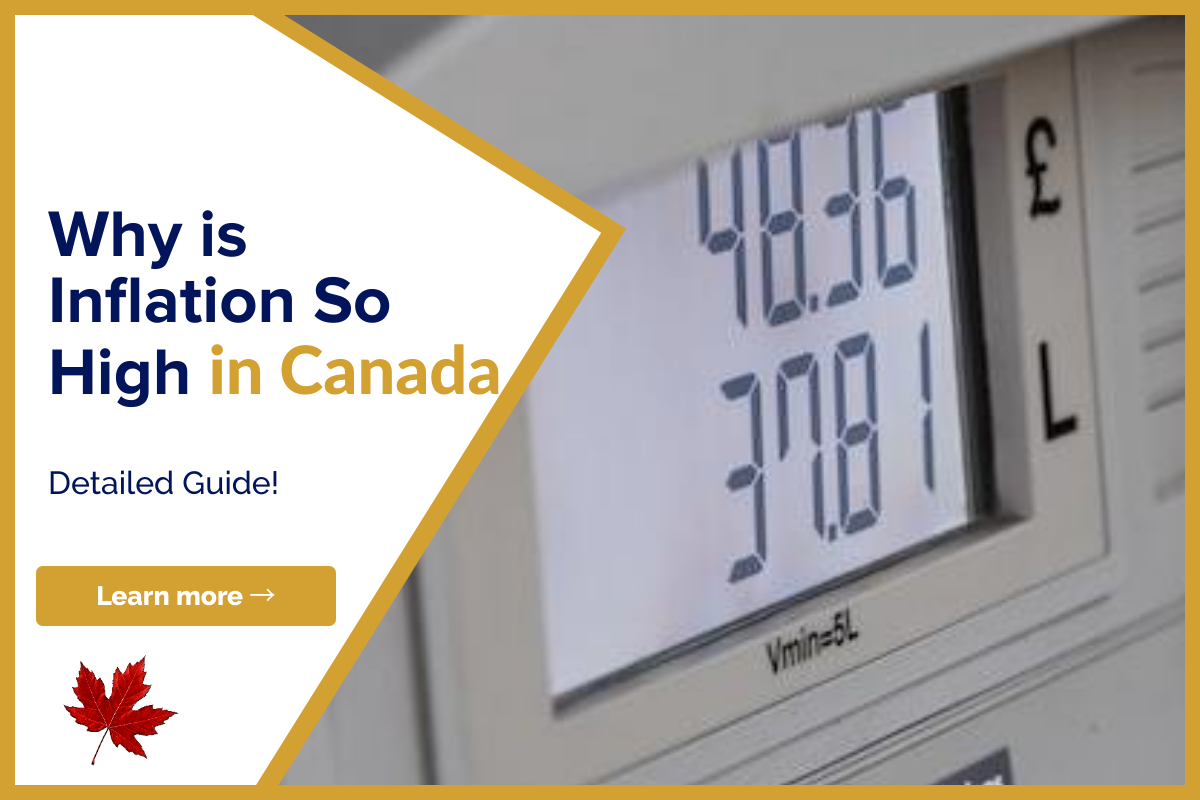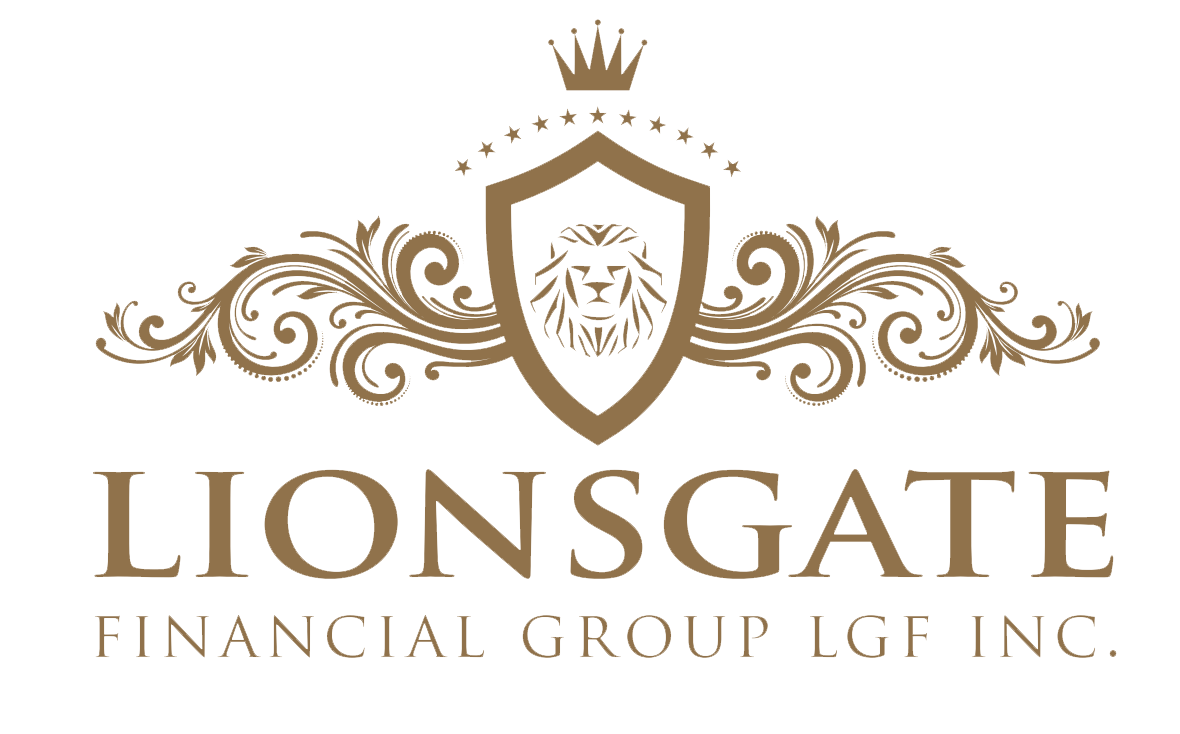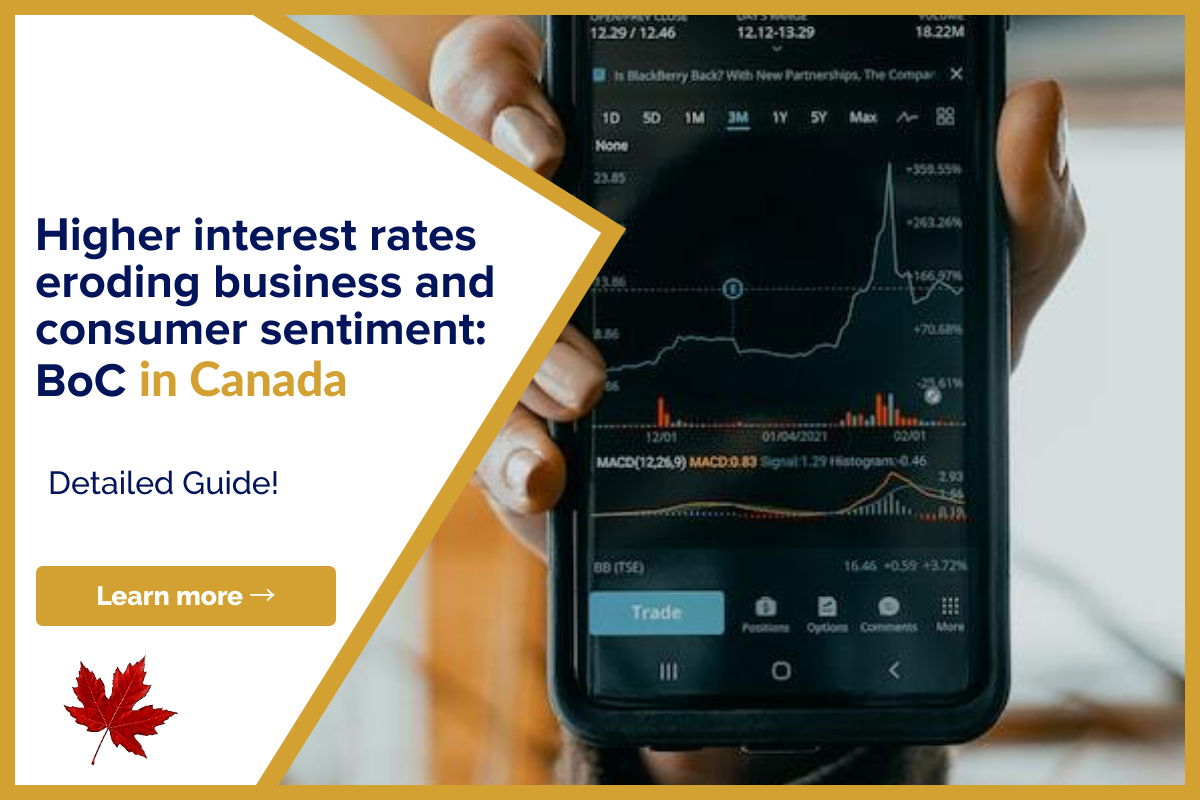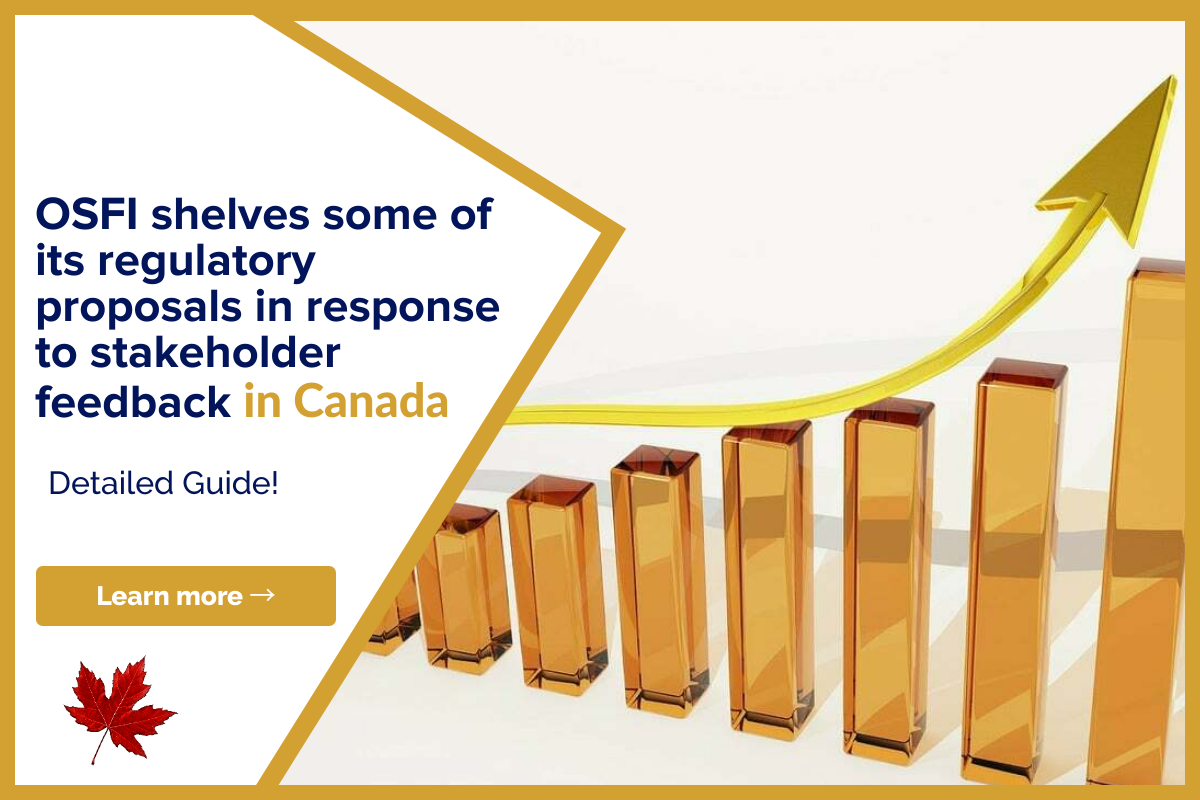During the early days of the mortgage business, brokers would require a lot of paperwork…

Why is Inflation So High in Canada?
Now you can listen to our blog post, “Why is inflation so high in Canada?” while on the go.
Since 2020, Canadians have endured unprecedented difficulties. And it will take time to overcome these obstacles, just like it did to rebuild after Hurricane Fiona. High inflation is a challenge that the Bank of Canada faces specifically because of the global COVID-19 pandemic. And I want to talk about that today.
For Canadians, particularly those with low or fixed incomes, high inflation is making life more difficult. While some of this inflation is a result of outside-our-control global occurrences, inflation in Canada increasingly reflects domestic events. Domestic demand for goods and services is outpacing the domestic economic capacity to meet it. There are not enough workers for businesses to hire. And what began as delays and higher prices for a lot of things made abroad has expanded to a lot of services.
Canada’s inflation has been declining for two months after reaching a peak of 8.1% in June. Although this is good news, inflation won’t go away on its own. We need to slow economic expenditure so that the supply can catch up with the demand in order to bring it back to more normal levels. This will lessen the pressure on prices in Canada.
We increased our policy interest rate in September for the fifth time since March. Additionally, we stated that further increases in interest rates are likely required to bring inflation down to the 2% target. We will revise our economic outlook for growth and inflation when we make our next monetary policy decision later this month.
But I have three goals for today. I want to start by breaking down the recent spike in inflation and going through how the causes of inflation in Canada are changing from external to internal and from goods to services. Second, I’d like to go over the inflation indicators that we have been paying close attention to as we predict future inflation. The difficulty that high inflation is causing for many Canadians is acknowledged, and I want to emphasize how important it is to bring inflation all the way back to the 2% target.
Inflation’s Sources are Becoming More Diverse
Canada’s total consumer price index (CPI) inflation was 2.2% prior to the pandemic in 2020, which was about on goal. But after the world went into lockdown, inflation dropped precipitously and plummeted below zero. Economic depression and protracted deflation were valid worries. The Bank responded by providing exceptional monetary support, first to give the crisis a floor and then to aid in the economy’s recovery.
Fortunately, it worked when accompanied by great fiscal stimulus. The darkest recession on record was followed by the quickest recovery ever because we managed to prevent deflation.
However, the reopening and closing of economies all over the world introduced additional difficulties. Households switched their expenditure from in-person services to durable commodities, placing further strain on already strained global supply chains due to public health regulations. Long delays were caused by shipping bottlenecks and a lack of essential intermediate inputs for commodities like automobiles, bicycles, and appliances. So by 2021, prices for many internationally traded items started to rise.
By July 2021, the inflation rate for products outside of food and energy was roughly 3.5%, compared to only about 1% for services outside of the housing. By the middle of 2021, the inflation rate for goods prices had reached roughly 4.5% after accounting for increasing global energy prices.
Total CPI inflation increased in 2021 as a result of rising goods prices, however, this was primarily due to greater inflation for imported commodities into Canada. Most advanced economies were experiencing rising inflation, and Canadian people were feeling the effects of higher global prices.
We determined that the impact of these global pressures on inflation at the time was probably just temporary. We prefer to look through supply disruptions since past experience has shown us that they normally only have a temporary impact on inflation. A year ago, we anticipated that as output increased, public health regulations loosened, and investments in global supply chain logistics increased, the inflation of goods prices would subside. That proved to be unduly hopeful in retrospect.
In fact, in 2022, there were greater pressures on worldwide inflation. The aggressive invasion of Ukraine by Russia in February raised commodity prices, particularly those of petroleum and agricultural products, and further disrupted the already strained global supply networks. These consequences were almost immediately felt by Canadians with higher gas costs at the pump and significant price rises for several staple foods at the grocery store.
However, the inflation of service prices was the other change in 2022. Pent-up demand for all the things we’d missed out on due to the pandemic started driving up their prices when the economy fully recovered in the spring, particularly in sectors like travel and entertainment. When attempting to make reservations for a campsite or a table at their preferred restaurant, Canadians first-hand encountered these pressures. Through the first half of 2022, the inflation rate for services grew fast, reaching around 5% this summer.
The total CPI inflation rate increased significantly, climbing to 8.1% in June, due to continued rises in goods prices in 2022 and a substantial increase in services costs.
The pandemic and the conflict have had a tremendous impact on lives and livelihoods during the past two years. Inflation has also been significantly impacted by them. The Bank of Canada’s role is to bring back price stability.
Global Inflation May Ease Going Forward
The headline inflation rate in Canada has decreased to 7% during the past two months. Lower gasoline prices are largely to blame for this. Average gas prices in Halifax were $2.15 per liter in mid-June. The price decreased to $1.64 at the end of August.
More generally, there is some evidence that the high levels of global inflationary forces have started to subside. Finally, a number of global commodity prices are beginning to decline from their peaks. Both the price of oil and the major agricultural commodities have decreased recently. With time and decreased input and transportation costs, food inflation should start to decline.
Global manufacturers note that although delivery times are still longer than average, they are decreasing and the pressure from rising input costs is diminishing. The price of international shipping has decreased from exceptionally high levels.
These encouraging developments in the world’s supply chains cannot, however, be relied upon to reduce inflation in Canada. It will at least take some time for better global factors to affect Canadian inflation. Additionally, the recent decline in the value of the Canadian dollar against the US dollar will reduce some of the positive effects on the world economy by increasing the cost of US goods and vacations for Canadians.
The development of the world’s supply chains and commodity prices are also highly uncertain. The effects of the pandemic and the war in Ukraine continue to have a significant impact on the world economy. It can be difficult to forecast changes in global prices, and things can quickly change. Unfortunately, we are powerless to change that.
However, it takes time for monetary policy to affect the entire economy. The effects are being felt by households and enterprises making large investments or purchases that call for loans. Because they aren’t immediately related to borrowing, other products and services—especially services—take longer for monetary policy to slow down. Instead, they change when overall spending levels moderate over time.
Need Some Extra Cash to Help Your Finances? Try Lionsgate!
Are you struggling with your financial needs and need some extra cash? Lionsgate can help. Just fill out the form below, letting us know all your money or mortgage requirements, and we will find the best lender for you. Amazing thing? The process is free, and you can quit it at any time.
We have a team of experts that analyze your requirements and pick the best lender for you with prudent advice.
Note: Please give your authentic information while completing the form below.
Please share this article on your social media profiles if you found it helpful. Also, visit our blog to read similar helpful articles on finance, real estate, and getting mortgages.




